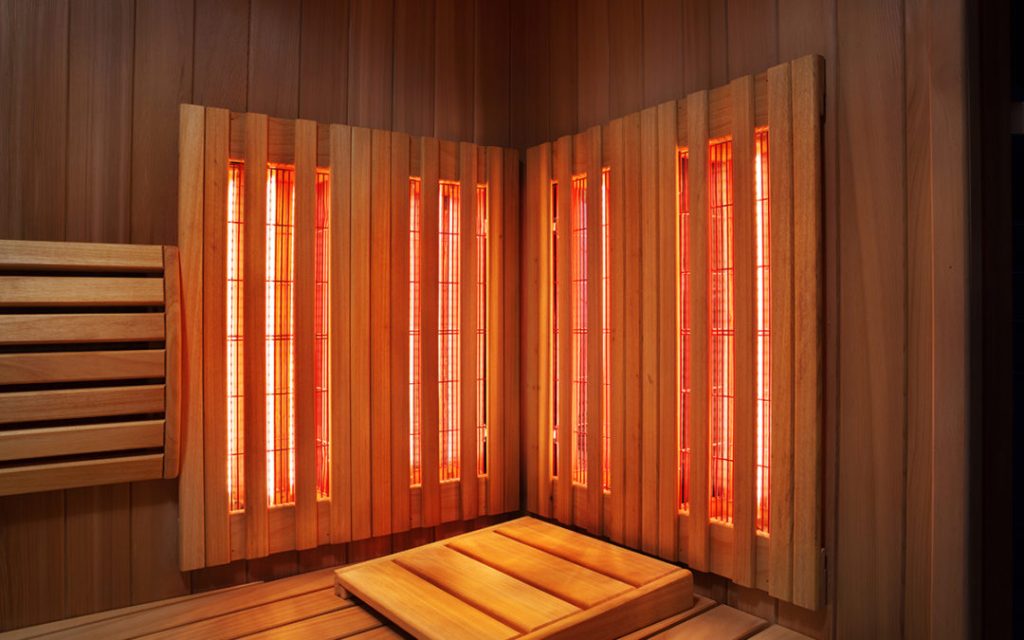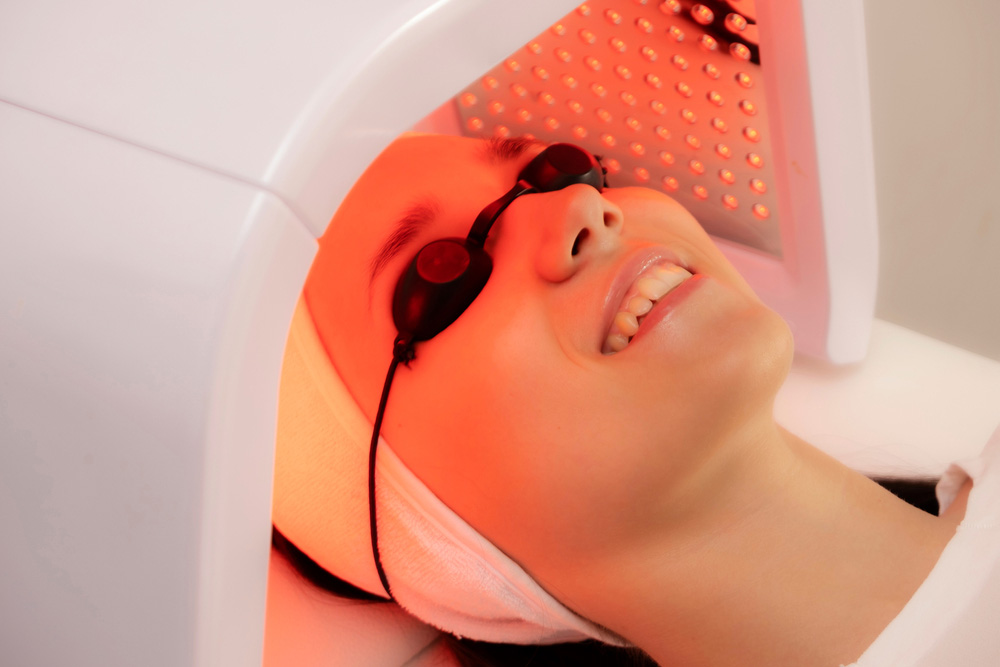Identifying the best time to do red light therapy is key to optimizing its health benefits. While red light therapy can enhance eye health and stimulate blood flow, the optimal timing may vary depending on your goals. A study showed that Chinese female basketball players experienced improvement in sleep quality and endurance when red light therapy sessions were scheduled in the evenings. This suggests that aligning red light therapy with sleep and circadian rhythms can be beneficial, particularly for athletes seeking both physical and mental recovery.
For individuals looking to kickstart their day, mornings or evenings both present opportunities to reap benefits from red light therapy. Mornings may provide an energizing start, similar to a cold shower, while evenings could support wound healing and prepare the body for rest. Zhao J and colleagues have explored red light and the sleep connection, indicating that the timing of sessions can influence outcomes like sleep quality. Ultimately, the best time for red light therapy may depend on personal schedules and specific health goals.
Understanding Red Light Therapy and Its Optimal Timing
Red light therapy utilizes red and NIR light to stimulate cellular processes, such as ATP production, which is crucial for energy and repair. The gentle wavelengths of red light are most beneficial when they mimic the natural light available at sunrise and sunset, aligning with the body’s innate rhythms. By understanding the influence of natural light cycles, users can establish optimal timing for their red light therapy sessions, potentially enhancing the therapy’s overall effectiveness.
Circadian Rhythm and Red Light Therapy
Red light therapy devices can play a role in regulating melatonin production, which is closely tied to our circadian rhythms. Unlike bright lights that may disrupt sleep patterns, red lights provide a soothing stimulus that can support the body’s natural sleep-wake cycle. Integrating red and near-infrared light exposure into your routine can help maintain a healthy circadian rhythm.
Implementing Red Light Therapy into Your Daily Routine
Incorporating red light therapy into your daily life can be straightforward. By setting aside a consistent time each day for treatment, you can create a routine that complements your lifestyle and enhances your overall well-being.
Morning Sessions: Kickstarting Your Day with Energy
Starting your day with a red light therapy session can energize your body, much like the natural morning sunlight. This practice can stimulate your alertness and readiness for the day ahead, potentially improving your mood and cognitive function from the moment you wake up.
Evening Sessions: Winding Down and Enhancing Sleep Quality
Evening red light therapy sessions can serve as a signal to your body that it’s time to relax and prepare for sleep. The calming effect of red light can contribute to a better night’s rest, potentially leading to enhanced sleep quality and a feeling of rejuvenation in the morning.

Red Light Therapy Treatment Protocols
Developing a treatment protocol for red light therapy involves determining the right balance of frequency and duration to meet your health goals. Tailoring your approach to fit your unique needs can lead to optimal therapeutic outcomes.
Frequency and Duration: How Much is Just Right?
When it comes to red light therapy, consistency is key. Regular sessions, without overdoing it, are essential for achieving the desired health benefits. Finding the right frequency and duration of treatments can maximize the therapy’s effectiveness.
Direct Skin Exposure: Maximizing Absorption
For issues like skin health, direct skin exposure to red light is crucial. Conditions such as stretch marks or skin issues may see improved skin tone with proper application. Wondering how red light therapy can benefit you? Ensuring direct contact with the light source can enhance absorption and effectiveness.
Addressing Common Questions About Red Light Therapy
Amidst the growing popularity of red light therapy, many people have questions about its application and benefits. Understanding the foundations of this treatment can help clarify its role in health and wellness.
Red light therapy devices can be used at any time of day. The timing of red light therapy sessions can be flexible, accommodating your schedule while still contributing to benefits like muscle recovery.
Guidelines for Joovv Treatment
Joovv red light therapy is informed by clinical research and user experiences, recommending an ideal distance during a treatment for maximum benefit. As your body acclimates to the therapy, usually within 2-3 weeks, you may begin to notice improvements in symptomatic areas.
Impact of Red Light Therapy on Sleep and Alertness
Red light therapy has been shown to alleviate pain and inflammation, which can in turn improve sleep. LED light therapy can also enhance alertness, making it a versatile option for addressing a range of physical issues.
Practical Tips for Red Light Therapy Users
Adopting practical tips for using red light therapy can help ensure you get the most out of your sessions. From scheduling to positioning, small adjustments can significantly impact the therapy’s effectiveness.
Safety Measures and Dosing Guidelines
To ensure health benefits from effective red light therapy, adhering to treatment guidelines is critical. Clinical research and user experiences suggest beginning with sessions of 5 to 10 minutes, maintaining an ideal distance during a treatment of approximately 6 inches from the light source.
Research and user experiences have demonstrated that a gradual increase in exposure time over 2-3 weeks as your body acclimates is beneficial. Target symptomatic areas directly, and weave light therapy into your daily routine progressively, ensuring that the therapeutic effects of light therapy can be attained safely.
Incorporating Red Light Therapy With Other Treatments
Integrating red light therapy with other treatments can enhance overall wellness. For instance, combining it with physical therapy for chronic pain or with sleep hygiene practices for sleep disorders could provide synergistic effects.
Always consult with a healthcare provider to align red light therapy with existing treatments, ensuring that they complement rather than interfere with one another. This integrative approach can help optimize your health outcomes and ensure a holistic path to well-being.
Evaluating the Costs and Benefits of Red Light Therapy
When considering red light therapy, weigh its potential to alleviate conditions like sleep disorders and chronic pain against the investment cost. While initial expenses for devices may be substantial, the benefits of reduced symptoms and potentially lessened need for other therapies can offer long-term savings. Additionally, the convenience of in-home treatment adds value by saving time and increasing consistency of use, which is crucial for achieving the desired health outcomes.
Is It Worth the Investment?
Deciding whether red light therapy is worth the investment involves evaluating personal health goals and financial flexibility. If seeking alternatives to manage pain or improve skin health, red light therapy could offer a cost-effective solution compared to ongoing medical treatments. However, consider the upfront cost of equipment and whether the therapy aligns with your lifestyle. For many, the benefits justify the expense, particularly when considering the cumulative cost of traditional treatments over time.
Long-Term Benefits vs Immediate Effects
Red light therapy often yields immediate effects like enhanced skin complexion and mood improvement, but its long-term benefits should not be overlooked. Consistent use may contribute to sustained skin health, muscle recovery, and pain relief. These long-term benefits, resulting from the body’s cellular response to red light, underscore the importance of regular treatment as part of a holistic health regimen, offering a compelling argument for the therapy’s value over time.

Harnessing the Power of Red Light at the Right Time
Timing red light therapy is crucial for optimizing its benefits, such as reduced pain and enhanced melatonin production. While red lights can be used at any time, it is best to consult with a healthcare professional to tailor the timing to your individual needs. Morning exposure might provide an energetic start to the day, while evening sessions could support better sleep by aligning with your circadian rhythm, suggesting that red light therapy can act as a form of bright light therapy that doesn’t inhibit melatonin production.
Additionally, the skin’s receptiveness varies throughout the day, which can influence how red light penetrates deeper into tissues. For pain relief, it may be beneficial to schedule sessions when your body is most receptive to healing, which often correlates with times of rest or reduced activity. Always seek guidance from a health care provider to establish a protocol that fits into your lifestyle and maximizes the therapeutic effects of red light therapy.
